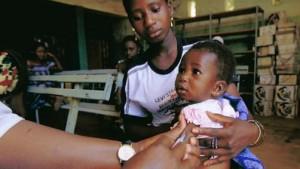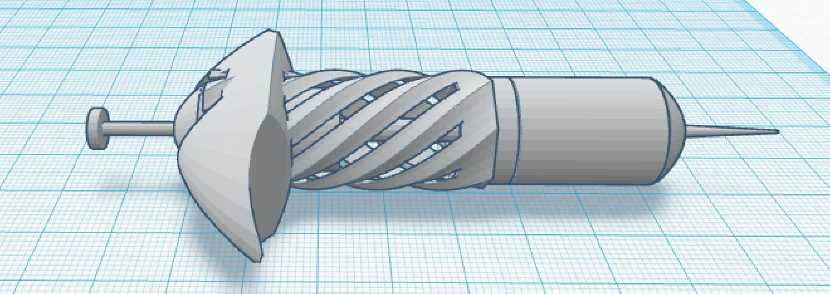 While some high school students were worrying about their school portraits or who might take them to the prom, Park City High School senior Peter Bermant was worrying about the problems with distributing vaccines in developing countries. Bermant, who wants to continue his efforts to help others by becoming a heart surgeon some day, used 3D printing technology to prototype his creation.
While some high school students were worrying about their school portraits or who might take them to the prom, Park City High School senior Peter Bermant was worrying about the problems with distributing vaccines in developing countries. Bermant, who wants to continue his efforts to help others by becoming a heart surgeon some day, used 3D printing technology to prototype his creation.
Bermant began his project by considering one of the primary obstacles to current vaccine distribution: refrigeration. When a vaccine is exposed to any temperature outside of its ‘comfort zone’ its effectiveness is decreased. It doesn’t matter whether the stress is caused by being too hot or being too cold, either case results in damage to the vaccine. For this reason, vaccines currently require storage space in refrigerated units that, unfortunately, aren’t always available.
Rather than simply bemoan the situation, Bremant put himself to work thinking about alternatives that wouldn’t require the refrigeration in order to expand the possibilities for global vaccine distribution. His final design eliminates the need for temperature-controlled storage by housing the freeze-dried vaccine in one unit of a syringe and sterile water in a other. The vaccine is released into the water by turning the handle on the syringe thus creating the injectable solution only in the moments just before its use.
 As he worked through various iterations of his ideas, he turned to 3D printing as a way of rapidly prototyping his creations in order to test and refine them. He described the draw to the technology:
As he worked through various iterations of his ideas, he turned to 3D printing as a way of rapidly prototyping his creations in order to test and refine them. He described the draw to the technology:
“I found the concept of 3D printing the modified syringe device particularly attractive because I recognized that the 3D printing process is a rapid, economical, and convenient method for developing tangible prototypes. 3D printing facilitated the creation of a prototype and provided me with a tangible and functional model that I can use for demonstrations.”
This is yet another example of the creativity being unleashed among youth who understand 3D technologies as simply another tool in their intellectual landscape. While the device, as it is currently designed, isn’t ready for mass production due to cost, the idea itself is representative of the kind of design thinking that will continue to make the creative industries a leader in transforming our world.
Not only is Bremant exceptionally clever, he is also good hearted and cited as a reason for not patenting his technology the hope that others will be able to improve upon its concept and develop something similar that might bring vaccines to millions of people around the world.
Is this 3D printed syringe the solution to a problem that has plagued society for decades? Let’s hear your feedback in the 3D printed syringe forum thread on 3DPB.com.
Subscribe to Our Email Newsletter
Stay up-to-date on all the latest news from the 3D printing industry and receive information and offers from third party vendors.
Print Services
Upload your 3D Models and get them printed quickly and efficiently.
You May Also Like
Reinventing Reindustrialization: Why NAVWAR Project Manager Spencer Koroly Invented a Made-in-America 3D Printer
It has become virtually impossible to regularly follow additive manufacturing (AM) industry news and not stumble across the term “defense industrial base” (DIB), a concept encompassing all the many diverse...
Inside The Barnes Global Advisors’ Vision for a Stronger AM Ecosystem
As additive manufacturing (AM) continues to revolutionize the industrial landscape, Pittsburgh-based consultancy The Barnes Global Advisors (TBGA) is helping shape what that future looks like. As the largest independent AM...
Ruggedized: How USMC Innovation Officer Matt Pine Navigates 3D Printing in the Military
Disclaimer: Matt Pine’s views are not the views of the Department of Defense nor the U.S. Marine Corps Throughout this decade thus far, the military’s adoption of additive manufacturing (AM)...
U.S. Congress Calls Out 3D Printing in Proposal for Commercial Reserve Manufacturing Network
Last week, the U.S. House of Representatives’ Appropriations Committee moved the FY 2026 defense bill forward to the House floor. Included in the legislation is a $131 million proposal for...


































